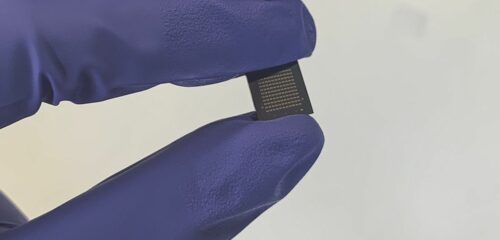Researchers at the University of Oxford have devised a way for maximising information storage density and processing performance using nanowires by polarising light.

Different wavelengths of light do not interact with each other, which is a trait exploited by fibreoptics to convey parallel streams of data. Different polarizations of light, likewise, do not interact with one another. Each polarisation can function as its own information channel, allowing for the storage of more data in numerous channels and a significant increase in information density.
First author and DPhil student June Sang Lee, Department of Materials, University of Oxford said, “We all know that the advantage of photonics over electronics is that light is faster and more functional over large bandwidths. So, our aim was to fully harness such advantages of photonics combining with tunable material to realise faster and denser information processing.”
The researchers used a hybrid glassy material to create a HAD (hybridized-active-dielectric) nanowire that demonstrates switchable material features when illuminated with optical pulses. Because each nanowire responds selectively to a specific polarisation direction, data can be processed simultaneously utilising several polarizations in different orientations. They have constructed the first photonic computing processor that uses polarizations of light based on this principle.
When compared to typical electrical chips, photonic computing uses several polarisation channels to increase computation density by several orders of magnitude. Because these nanowires are modified by nanosecond optical pulses, the computation rates are faster. The new chip is expected to be 300 times faster and have 300 times the density of present electronic chips.
Professor Harish Bhaskaran’s lab at the University of Oxford’s Department of Materials has been investigating the use of light as a computing medium for over a decade. He says, “This is just the beginning of what we would like to see in future, which is the exploitation of all degrees of freedoms that light offers, including polarisation to dramatically parallelise information processing. Definitely early-stage work – our speed estimates still need research to verify them experimentally – but super exciting ideas that combine electronics, non-linear materials and computing. Lots of exciting prospects to work on which is always a great place to be in!”







